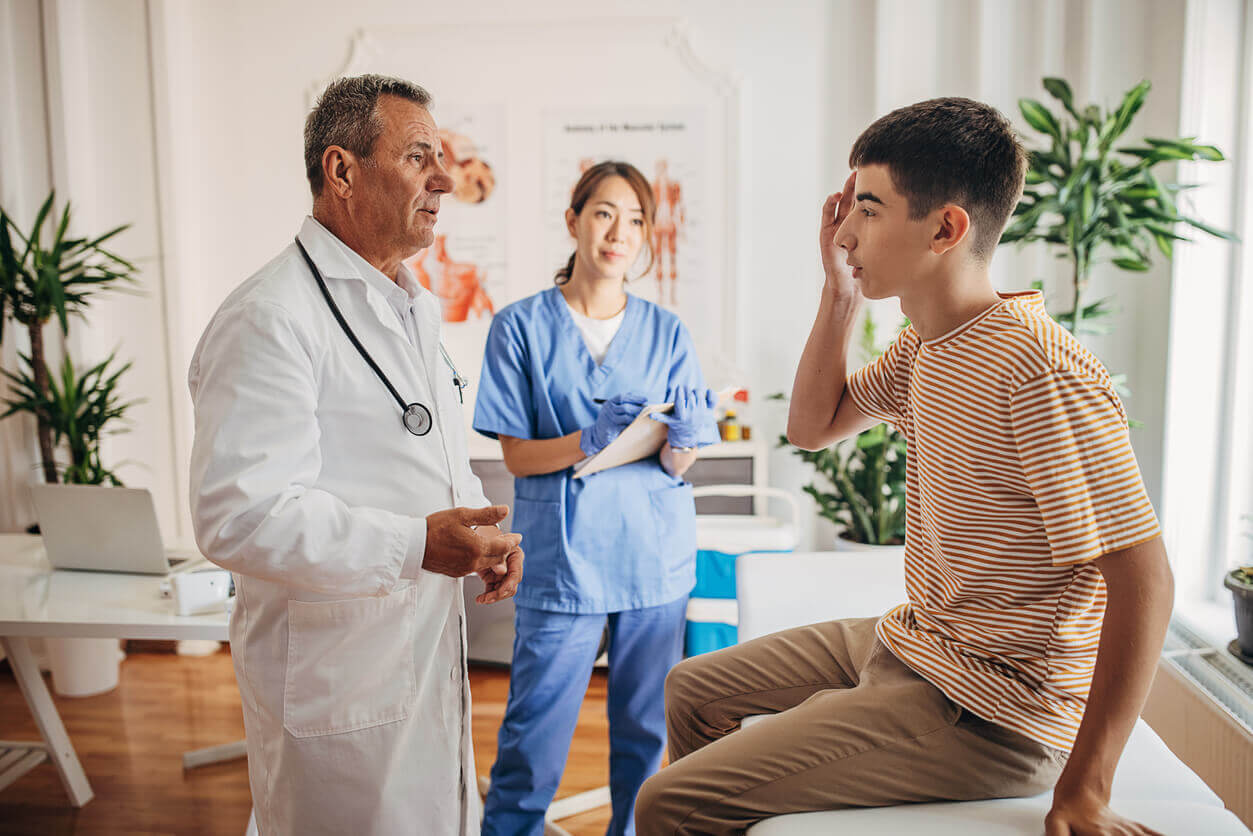
Adolescence marks an exciting yet tumultuous time for many young people worldwide. It’s a period of significant physical, emotional, and cognitive changes that can leave parents, caregivers, and even teenagers feeling overwhelmed and unsure of what to expect.
One of the most crucial aspects of adolescent physical development is puberty. It’s the time when the body starts transforming from a child’s to an adult’s. Understanding this process can help you support and guide your young adolescent through the challenges that lie ahead.
Let’s discuss adolescent physical development, including puberty, typical growth, and milestones, to help you navigate these exciting yet uncertain years. We will also talk about a pediatric practice offering high-quality adolescent medicine services in Orlando, FL.
Understanding Puberty
Puberty is the stage during which adolescents reach sexual maturity and become capable of reproduction. This process usually starts between ages 8 and 13 for girls and between 9 and 14 for boys.
However, it’s essential to remember that these are average age ranges. Everyone’s body is unique, and the onset and pace of puberty can vary widely from one individual to another.
This period of life is characterized by the activation of the hypothalamic-pituitary-gonadal axis – a complex set of hormone interactions that lead to sexual maturation. The key hormones involved include gonadotropin-releasing hormone (GnRH), luteinizing hormone (LH), and follicle-stimulating hormone (FSH).
Puberty in Girls
For girls, puberty typically begins with a stage known as “breast budding,” where the breast tissue starts to develop. This is often the first visible sign of puberty in females.
Next comes the growth of pubic hair, which initially appears as soft, thin hair and gradually becomes coarser and more abundant. Around the same time, girls may notice a growth spurt and changes in body shape as hips widen and body fat increases, particularly around the abdomen, hips, and thighs.
Approximately two years after the initial signs of puberty (around age 12), most girls will experience their first menstrual period, a phenomenon known as menarche. Menstruation marks a significant milestone in female puberty, signifying that a girl’s reproductive system has matured enough to potentially bear children.
Puberty in Boys
In boys, the onset of puberty is generally marked by the enlargement of the testicles. This change is often accompanied by a reddening and thinning of the scrotum.
As puberty progresses, boys will experience a growth spurt, changes in body shape and size as muscles develop, and the deepening of the voice due to the growth of the larynx or “voice box.” They’ll also begin to grow facial and body hair, starting typically with pubic hair and underarm hair, followed by facial hair and hair on the chest and other parts of the body.
Ejaculation, which can occur spontaneously during sleep (known as a nocturnal emission or “wet dream”) or due to sexual stimulation, is also a sign of puberty in boys. This milestone signifies that a boy’s reproductive system is producing sperm and has reached sexual maturity.
Growth Spurt
Adolescence is synonymous with the growth spurt, a rapid increase in height and weight predominantly triggered by hormonal changes.
Girls typically reach their peak height velocity around 6-12 months before the onset of their menstrual cycle, while boys experience this growth surge later, usually between ages 13 and 14. It’s crucial to note that this growth is individual and can vary significantly based on genetics, nutrition, and overall health.
Physical Milestones
Aside from the obvious changes in height and weight, there are several other physical milestones that adolescents reach:
- Body Composition: Both boys and girls will experience changes in body composition. Boys typically gain muscle, while girls often develop more fat tissue due to estrogen.
- Acne: The increase in hormones can cause the oil glands in the skin to produce more oil, leading to acne. Good skincare practices can help manage this common adolescent issue.
- Sweating and Body Odor: Adolescents may start to sweat more and may notice a change in body odor due to the increased activity of sweat glands.
Adolescent Medicine Doctor in Orlando, FL
Adolescent physical development involves a series of changes that prepare an individual for adulthood. While these changes are a normal part of growing up, they can sometimes be confusing or overwhelming for adolescents. It’s important to provide your teens with accurate information, support, and reassurance during this time of transition.
At Premier Medical Group, our adolescent medicine doctors are committed to guiding adolescents and their parents through this critical phase. Our adolescent medicine experts are also trained to address a wide range of health issues specific to adolescents, including growth and development issues, puberty issues, and more.
To learn more about our adolescent medicine providers, contact us in Orlando at (407) 735-2114. You can also request an appointment through our website. We look forward to serving you!
